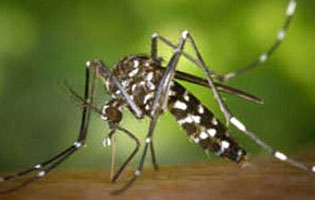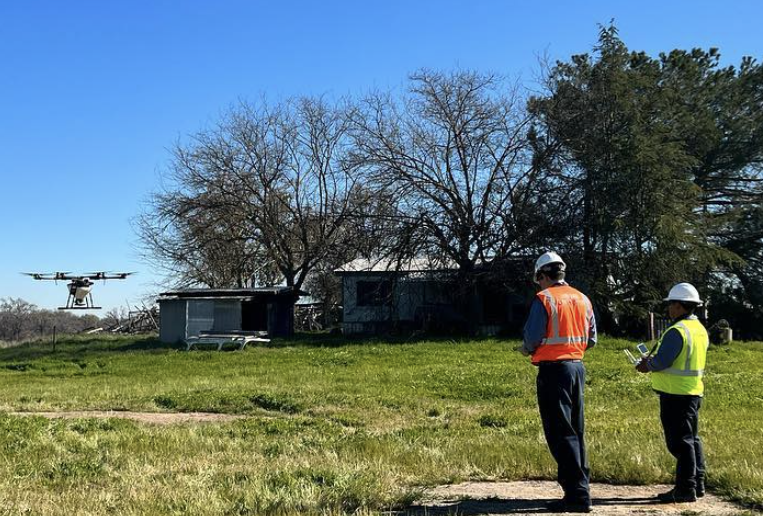How We Advocate for Public Health:
MVCAC advocates for laws and regulations that help protect public health through effective mosquito and vector control. The association actively works to keep policymakers informed of key vector control issues and provides expertise on legislative and regulatory proposals that impact agencies’ ability to protect public health. Representatives from member districts participate in MVCAC’s annual “Legislative Day” at the California State Capitol, which provides context about key issues that are important to the association and local mosquito control districts. Learn more about MVCAC’s Legislative Day.
Staying informed about vectors and vector-borne diseases allows lawmakers to be aware of potential public health impacts as state policies are crafted or implemented. MVCAC and its member districts are always willing to meet with policymakers and answer questions about the intricacies of public health vector control and the challenges local MVCDs organizations face. A tour of a mosquito and vector control operation, offered by many of our member districts, is a great way to learn more about on-the-ground mosquito and vector control operations. Find your local District here to schedule a tour.
Mosquito and Vector Control Policy Issues:
Local, state, and federal governments often consider legislation and regulations that can impact a mosquito and vector control agency’s ability to carry out responsive and effective control strategies to protect public health. Below are some of the key policy issues that MVCAC monitors and engages in.
Invasive Mosquitoes and Imported Diseases:

In 2011 the Asian tiger mosquito (Aedes albopcitus) was detected in Southern California. In 2013, the yellow fever mosquito (Aedes aegypti) was detected in Central California. Since then, there has been an increased number of detections of invasive mosquitoes throughout the state. In addition to being a considerable nuisance, these species can vector several diseases including chikungunya, dengue, and Zika. The control of these invasive mosquitoes has significantly increased the workload of mosquito control agencies, there is a need for increased funding to implement necessary large-scale operations and develop novel techniques for effective control.
Innovative Technologies:

As invasive mosquitoes continue to spread throughout the state, mosquito control professionals are increasingly using innovative technologies to prevent the spread of serious diseases. One innovative control method involves using drones to optimize field operations and enable mosquito control agencies to easily detect mosquito habitats and make precise control treatments. Other innovative technologies include Sterile Insect Technique. Learn more about these technologies are part of the future of mosquito control.
Mosquito and Vector Research:
The California Vectorborne Disease Surveillance Gateway (CalSurv) is an essential tool in fighting vector-borne diseases. It is recognized in statute (AB 320 – Quirk) as the statewide surveillance database critical to preventing the spread of mosquito-borne diseases. The platform was included in the 2022-23 state budget as an annual appropriation. The state’s ongoing support for this online interactive platform is critical as it enables real-time collection, visualization, and analysis of data on vector-borne diseases. CalSurv, housed at UC Davis, curates local and statewide data to enable 81 mosquito and vector control and public health agencies to make informed decisions on public health interventions. From Data to Action: CalSurv Continues to Revolutionize Mosquito Control
Vector Control Product Use and Availability:
Mosquito and vector control districts rely on integrated vector management techniques to control levels of these organisms and reduce the risk of disease. A key pillar in this system, use of public health control products, is always at risk due to limits on available chemistry and the development of resistance by the vector targets. MVCAC seeks to maintain the availability of these products for vector control and encourage the development of new products to be used in a safe and environmentally sensitive manner.
Best Management Practices to Eliminate Mosquito Sources:
Standing water in natural, commercial, or residential areas can become a problematic source for mosquito production. MVCAC works to provide guidance on Best Management Practices (BMPs) for association members, stakeholders, and partners to ensure that collectively we are limiting mosquito production and reducing threats of mosquito-transmitted diseases.
- Engaging with Planners to Ensure Developments Eliminate Mosquito Breeding
- Best Management Practices for Managing Mosquitoes in Stormwater Infrastructure
- Quick Reference to Inspection and Control of Mosquitoes in Proprietary Stormwater
- Trash Capture Device Designs for Mosquito Control (Video)
- Best Management Practices to Eliminate Mosquito Breeding in Garden Centers and Plant Nurseries in California
- How Better Planning and Use of the California Environmental Quality Act Can Prevent Mosquitoes and Vector-Borne Disease
